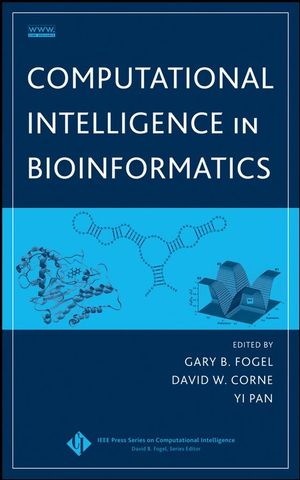Systemic inflammation and the production of adipokines by adipose tissue are considered important mechanistic contributors to the atherogenic process. Atherosclerosis has long been recognised as an inflammatory disease, involving an ongoing inflammatory response that has been shown to play a fundamental role in mediating all stages of atherosclerotic plaque, from initiation through to progression, and ultimately in the thrombotic complications of atherogenesis.

Inflammation from within the vessel wall and from remote extravascular structures such as adipose tissue contributes significantly to atherogenesis. EAT plays a significant role in the inflammatory process that contributes to the inflammatory burden within and around atherosclerotic plaque (Harada et al., 2011; Kim et al., 2014). Mazurek et al. (2003) showed that EAT harvested during cardiac surgery from patients with severe CAD contained inflammatory infiltrate with higher expression of the chemokine, MCP-1, and inflammatory cytokines, IL-6, IL-1β and TNF-α compared when compared to subcutaneous fat. In contrast, adiponectin, which has been shown to have anti-atherosclerotic properties, has been shown to be significantly lower in EAT isolated from patients with severe CAD compared to subjects without CAD.
Interestingly, it has long been noted that segments of coronary arteries that course through a myocardial bridge (thus are surrounded by myocardium and free of any immediately adjacent epicardial fat) tend to be free from atherosclerotic plaque and immune to atherosclerosis.



